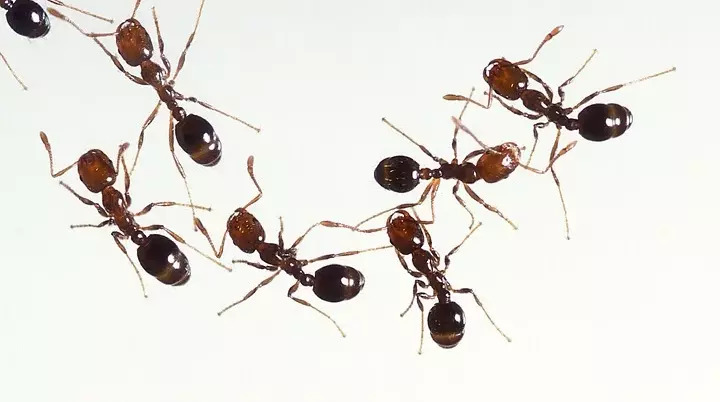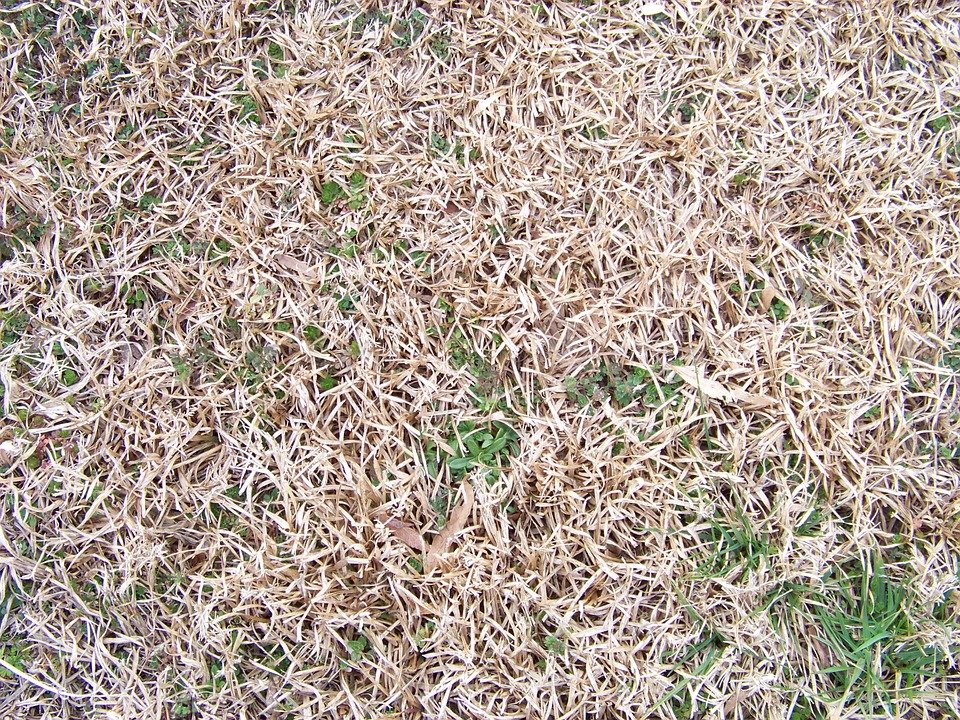Summer may be coming to an end, but that doesn’t mean we can stop worrying about our lawns just yet. In fact, the fall season is the most active season for many lawn-destroying pests. Therefore, we have put together a few fall lawn care tips.
Fall Lawn Care Tips: Problems to Watch Out For
A few common tips we recommend to maintain a healthy lawn is to remove leaves, water at least 1 inch per week and mow on a regular basis, cutting no more than 1/3 of the leaf blade.
The following are just a few common fall pests we see and lawn care tips to prevent these pests.
Fall Armyworms
Damage to grass is often seen on grass before these caterpillars are even seen. Early symptoms will be a silver appearance to the grass as small larvae “skeletonize” the leaves. As the larvae grow they will consume larger portions of the leaf blades. Distinguishing traits of the larvae include a series of green, yellow or brown strips down the length of their bodies. The adults are small tan moths.
Signs of fall armyworm infestations may appear in the form of brown grass often mistaken for being the result of too much sunlight or not enough water. However, fall armyworms may actually be chewing blades of grass, zapping the plant of its nutrition.
There’s a wide variety of insecticide options available for controlling fall armyworms. Choosing which one will depend on the grass, the armyworm species present, their size or growth stage, proximity to sensitive crops or neighborhoods, etc.
Fire Ants

Wetter fall weather will cause fire ant mounds to be more visible as workers bring “brood” closer to surface of soil to regular colony moisture.
In addition, rain triggers the swarming of fire ant reproductives to fly out and start new colonies.
Brown Patch

Brown patch is a fungus that is very common in St. Augustine lawns. Brown patch causes circular patterns of dead grass and the leaves to turn brown, rot and easily pulled out. This fungus occurs in the spring and fall when wet conditions and mild temperatures occur.
High nitrogen fertilizers can make the problem with brown patch worse. Use a winterizing fertilizer with a slow release nitrogen source. Also, avoid overwatering, water in the morning to allow grass to dry out before mild night temperatures.
Take-all Patches
Take-all patch is a serious root rot disease of all species of southern grasses. First signs include yellowing of the grass, darkening of the roots as rot spreads and dying of large irregular patches.
The take-all patch can spread mainly in fall and spring when more moisture and mild temperatures occur. Do not overfertilize and maintain good drainage.
Weeds

The best time to treat winter annual weeds such as clover, hen bit and other broadleaf weeds that will be common in the spring is in the fall.
A pre-emergent herbicide applied in October will keep seed from germinating and plants from growing in the Spring.
These are just a few fall lawn care tips. City Pest Control offers fall pest control services in Bryan/College Station. Contact us with the link below for more information or to schedule your pest control services today!


